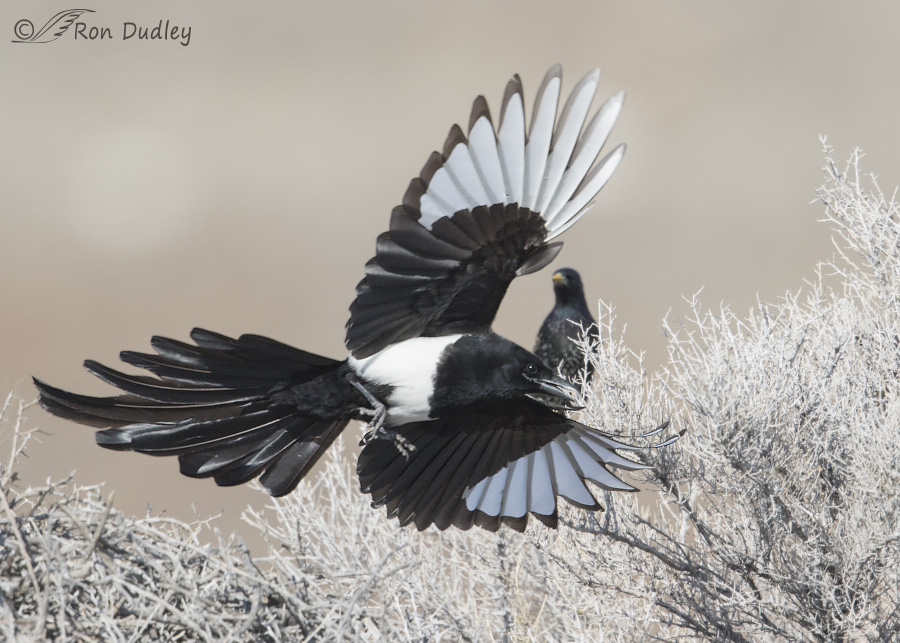Tag: anthropomorphic
Angry Barn Swallow
As I approached the parking lot at Bear River Migratory Bird Refuge just before taking the loop road there were myriads of swallows flying around as per usual in spring and early summer. I noticed this Barn Swallow on a post and decided to take a few shots. It let me approach very closely and I didn’t know why at first but it soon became very apparent that this bird was in distress. If you look closely at the image above you’ll notice that there is “something” connecting the tips of a tail feather and one of the primary wing feathers that prevented this bird from flying and as a result it was a very unhappy and frustrated bird! I photographed this swallow for over 10 minutes as it struggled to solve its incomprehensible problem. It would alternately attempt to break the connection by raising and extending its wings and… trying to reach the problem area with its beak, which it just couldn’t quite do. At times its apparent anger and frustration (anthropomorphic of me, I know) became quite evident as it would momentarily cease struggling and just sit there and call out pitifully. But eventually the connection between the feathers broke and the bird flew off instantly – so fast that I missed the shot. I still don’t know for sure what substance caused this problem. It has been suggested by others that it could have been spider silk. I’ve also wondered about the possibility of sticky tree…
Northern Harriers Battle over a Mallard
Occasionally we have brutally cold winters here in northern Utah. It’s my opinion that unusually cold temperatures when combined with thick crusted snow gives harriers little access to their staple food around here – voles. Survival then becomes tenuous for the harriers and they’re forced to move on to other food sources like small birds, dead carp and waterfowl. When a large meal like a carp or duck is available many harriers often fight over the food item and they do so with ferocity. During less stressful times of the year I often see these birds skirmish but then it almost seems like a playful interlude that they do simply for “fun”. Not so when it’s very cold and food is scarce – then it’s deadly serious and incredibly interesting to observe and photograph. First, a disclaimer. Some of the photos I’ll present here would wither under the scrutiny of critique because of cut off or clipped wings, missing eyes or heads, lack of catch lights and difficult and rapidly changing lighting conditions. My intent here is to show the behavior with the best images I have but some of them do have obvious flaws. The calm before the storm I didn’t see harriers make this Mallard kill but it was still fresh when I came across this bird on the duck. At first I though I’d simply be photographing the harrier calmly enjoying its meal but I was very mistaken. Thinking about challenging the larger bird for the meal It didn’t take long for other birds to challenge her for the Mallard. Some were timid…
Burrowing Owls – Clowns of the Bird World
Of the many bird species I’ve photographed, Burrowing Owls by far show the most “personality”. Their repertoire of silly antics, funny poses, stretches, yawns and grooming behaviors are a photographers dream. And once they feel comfortable in your presence they will often allow you to photograph them for a very long time without flying off or retreating to their burrow. But you have to find them first… The antics of juveniles are even more exaggerated than those of adults. Most of the images I will present here are of juveniles. Some of the shots were taken in less than ideal conditions (harsh light, shadows, clutter) but I think they illustrate the goofball personalities of these birds well. Giving the photographer a suspicious look It’s difficult to resist being anthropomorphic (ascribing human emotion or motivation to non-human species) when it comes to Burrowing Owls so I won’t even try. This juvenile looks very suspicious of me but in reality I suspect that it was only curious. Wing-stretch with lifted foot, or “They went that-a-way!” Topsy turvy owl Juveniles practice their parallax skills regularly. It involves bobbing and twisting their heads so their eyes can view an object (in this case me) from different positions. This allows them to better determine distance to that object. I’m sure it’s serious business for the owls but to us it can sure look silly. And adorable. Reaction to sudden and unexpected rain One sunny and hot August morning I was photographing a pair of juveniles when a single cloud passed overhead and…


